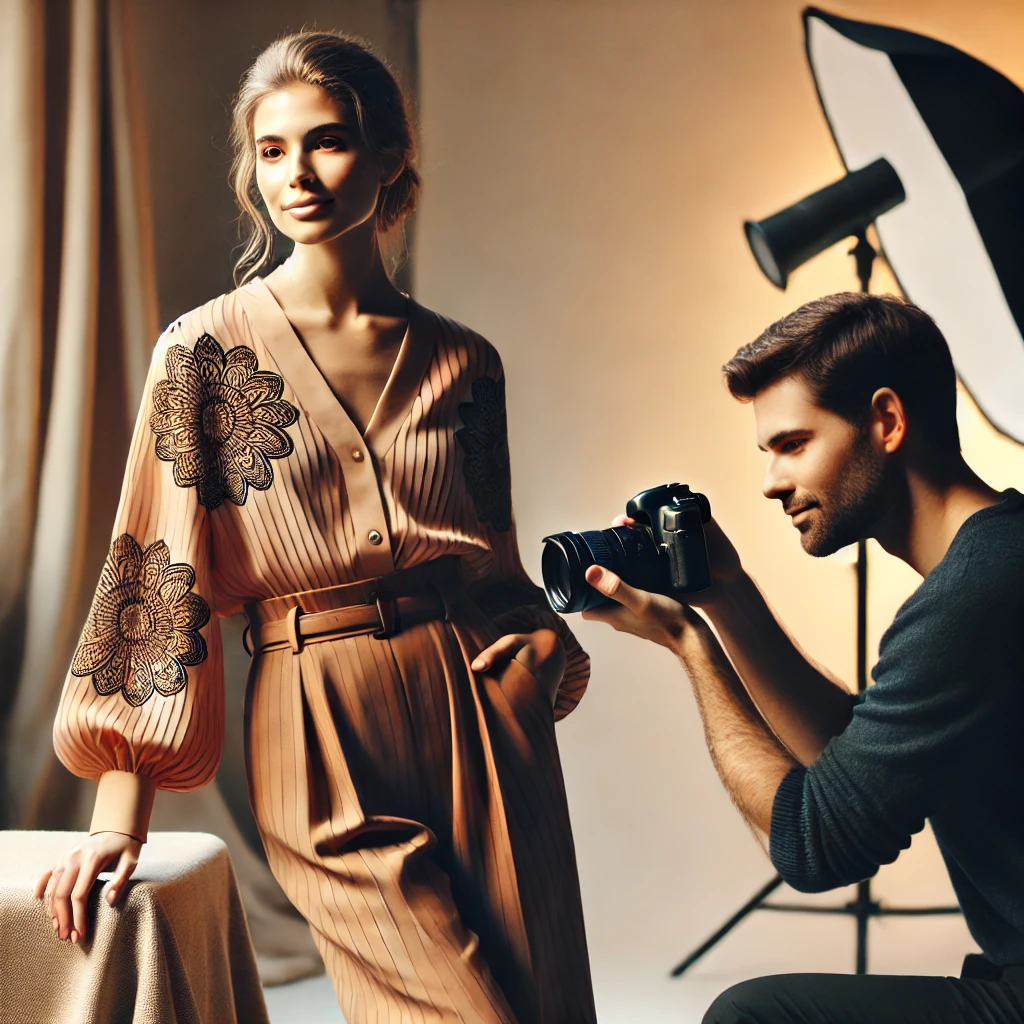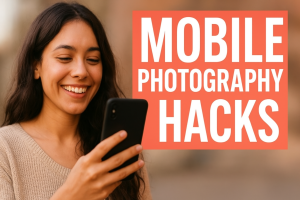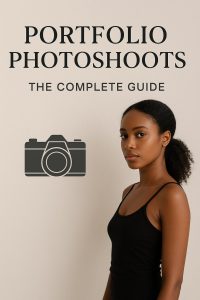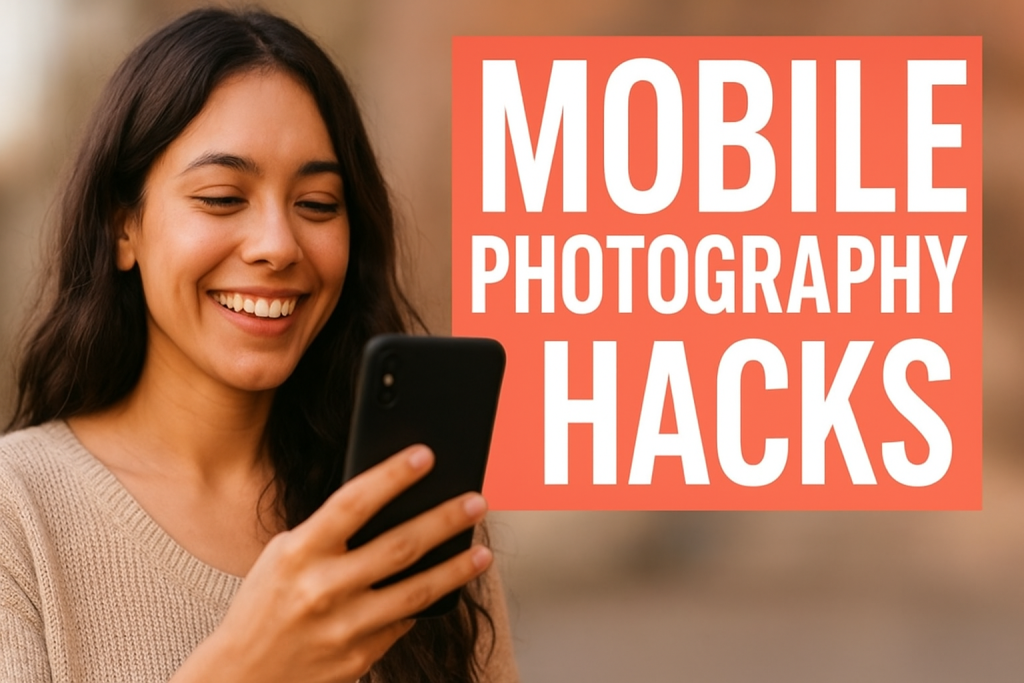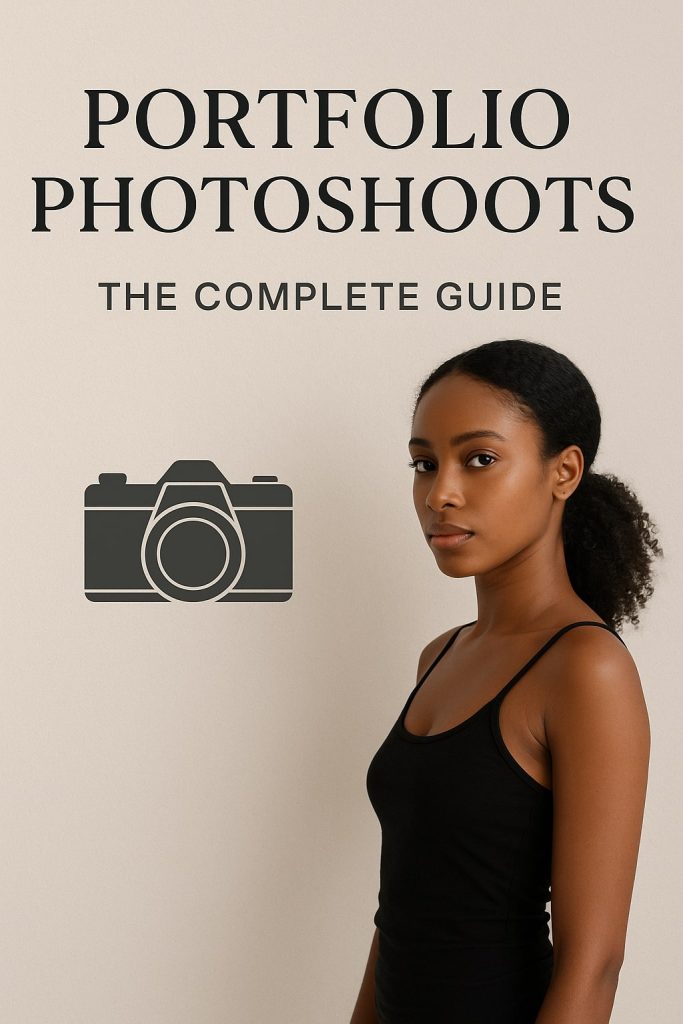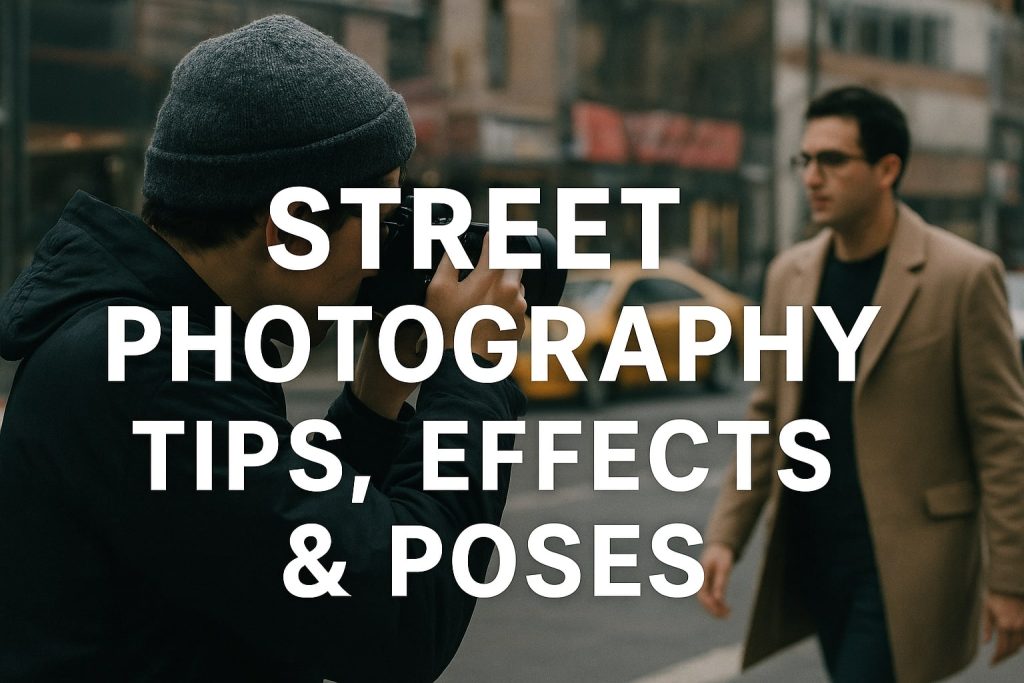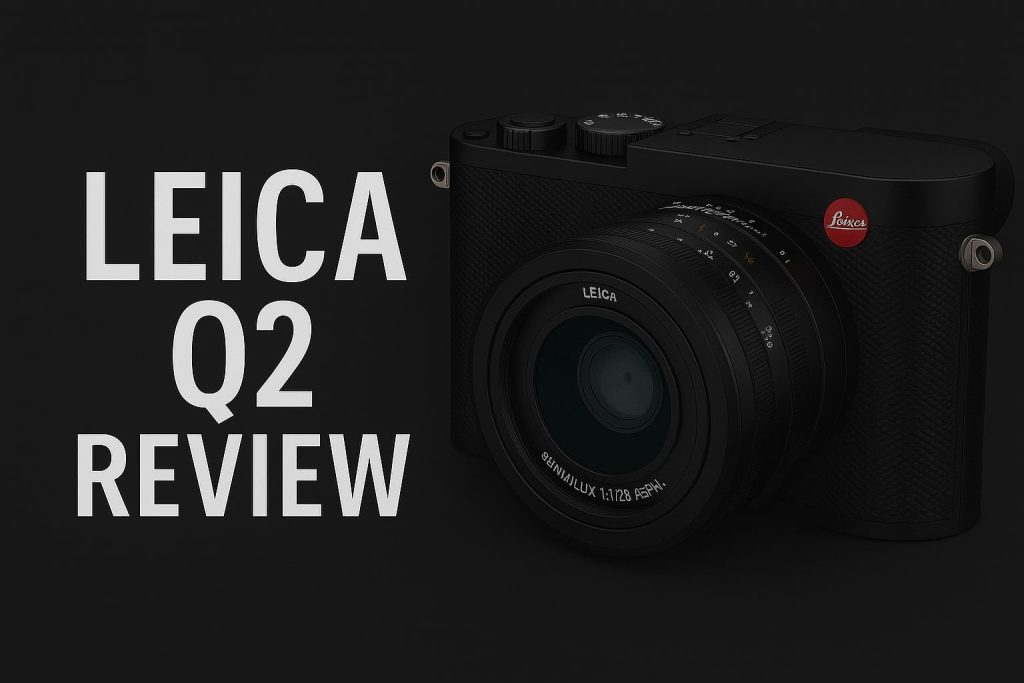Boudoir photography blends artistry, intimacy, and empowerment into a visual form that celebrates confidence and individuality. Yet, for photographers, approaching models to participate in a boudoir photo shoot can feel intimidating — not because the art form is inappropriate, but because it requires sensitivity, trust, and clarity.
Thank you for reading this post, don't forget to subscribe!In this in-depth guide, we’ll explore step-by-step strategies for approaching models professionally while ensuring the experience feels safe, empowering, and creatively fulfilling. Whether you’re a seasoned professional or a new photographer branching into boudoir, this article will equip you with the tools, scripts, etiquette tips, and case studies to navigate the process effectively.
Section 1: Understanding the Essence of a Boudoir Photo Shoot
Before approaching anyone to participate, it’s crucial to understand what a boudoir session truly represents.
What Is Boudoir Photography?
At its core, boudoir photography captures subjects in intimate, romantic, or sensual settings, typically in lingerie or personal attire, but always with consent and a shared vision. It’s less about “showing skin” and more about celebrating self-confidence.
The style can range from soft and dreamy to bold and fashion-forward. Modern boudoir shoots often blend:
- Artistic lighting for dramatic impact
- Fashion photography techniques for elegance
- Personal storytelling to connect emotionally with the subject
Key takeaway: Boudoir photography is not just about the image — it’s about how the subject feels during and after the session.
Section 2: Building Your Foundation Before Reaching Out
Before you ever send a message to a potential model, your foundation needs to be solid.
1. Have a Professional Portfolio
Models (professional or amateur) want to know your style, tone, and expertise. Even if you’ve never done boudoir before, curate a sample portfolio that includes:
- Fashion or portrait shots with tasteful styling
- Mood boards showing your vision
- Lighting setups that fit the boudoir aesthetic
Pro tip: Use Pinterest or Canva to create a mood board with reference poses, lighting, and styling that matches your intended boudoir vibe.
2. Define Your Ethical Approach
Since boudoir photography involves vulnerability, your code of conduct should be crystal clear:
- Consent first – every pose, prop, and shot angle must be agreed upon beforehand
- Privacy protection – images are never shared without explicit permission
- Safe environment – location must be private, comfortable, and secure
Including this in your pitch instantly communicates professionalism and respect.
3. Be Ready With a Plan
Before you approach models, prepare:
- Date and time flexibility – to accommodate schedules
- Location options – studio, hotel suite, home setup, or outdoor privacy-friendly spaces
- Wardrobe guidance – what to bring, styling tips, optional pieces
- Makeup/hair availability – offering an MUA shows extra professionalism
Section 3: Identifying the Right Models for a Boudoir Photo Shoot
Not every model will be comfortable with boudoir, and that’s okay.
Where to Find Models
- Modeling agencies – Some agencies have models open to boudoir work (check portfolio preferences first)
- Freelance platforms – Model Mayhem, PurplePort, or Instagram
- Local creatives – makeup artists, stylists, and photographers often have model contacts
- Personal network – friends, acquaintances, or past clients
Case Study: A boudoir photographer in Los Angeles found that collaborating with a local lingerie boutique brought in models who were already comfortable in intimate attire, making the outreach smoother.
Section 4: Crafting Your Initial Approach Message
Your first message is everything. It sets the tone and determines whether the model will take your proposal seriously.
Elements of a Good Initial Pitch
- Introduction – Who you are, your photography style, and any relevant credentials.
- Purpose – Clearly state the nature of the shoot.
- Boundaries & Ethics – Mention consent, comfort, and professional conduct.
- Details – Location, date, duration, and compensation (paid or TFP).
- Portfolio Link – Always include a direct link to your work.
- Openness – Invite questions and adjustments.
Example Script:
Hi [Name],
I’m [Your Name], a photographer specializing in [style] photography. I’m currently planning a boudoir photo shoot focusing on [theme, e.g., vintage elegance] and thought your look and portfolio would fit beautifully.
The session will be in a private [studio/hotel suite], with a professional makeup artist on set. All poses and wardrobe will be discussed and agreed upon beforehand, and images will only be shared with your approval.
If this interests you, I’d love to share the concept mood board. You’re welcome to suggest ideas or adjustments so you feel completely comfortable.
Here’s my portfolio: [link]. Looking forward to your thoughts!
Section 5: Building Trust Before the Shoot
If there’s one golden rule in boudoir photography, it’s this: trust is everything. You’re not just asking someone to step in front of a camera; you’re asking them to do it in a deeply vulnerable, intimate way. And the success of the entire boudoir photo shoot hinges on whether your model feels emotionally safe, respected, and empowered.
In this section, we’ll explore practical, proven ways to build that trust before the shoot even begins — because once trust is established, everything else (posing, expression, even the energy in the room) flows naturally.
5.1 The Foundation of Trust in Boudoir Photography
Boudoir is unlike any other photography niche. In fashion, the clothes carry much of the narrative. In street photography, the subjects are often anonymous. But in boudoir, it’s the person—their personality, body, and confidence—that takes center stage.
This means:
- Your professionalism is amplified in importance.
- Small actions and attitudes have a big impact.
- The relationship between you and the model is often more important than the technical perfection of the image.
A confident, relaxed subject will almost always look better than a tense, unsure one — even if the lighting or pose isn’t flawless.
5.2 Establishing Comfort Through Conversation
Before you ever discuss wardrobe or poses, focus on getting to know your model on a human level.
- Schedule a casual meet-up or video call.
This doesn’t have to be formal. It could be a coffee chat in a public space or a friendly video call. Use it to talk about non-photography topics — hobbies, goals, music taste — so your connection feels genuine. - Ask open-ended questions.
Instead of, “Have you done boudoir before?” try, “What made you interested in doing a boudoir shoot?” This allows them to share personal reasons or motivations, which gives you insight into their comfort level. - Share your story too.
Trust is a two-way street. Let them know why you do boudoir photography and what it means to you. Models respond well when they understand you’re motivated by artistry, empowerment, or storytelling — not just images.
5.3 Setting Clear Expectations Early
One of the biggest causes of discomfort is uncertainty. When your model knows exactly what’s going to happen, their anxiety decreases.
Be upfront about:
- Session flow – How the shoot will start, progress, and end.
- Wardrobe changes – How many outfits, and whether there will be breaks between them.
- Level of nudity – This should be crystal clear and mutually agreed upon in writing.
- Editing style – Show examples so they know what to expect in skin retouching, lighting mood, and final image tone.
5.4 Respecting Boundaries
A boudoir photo shoot is not a negotiation over someone’s comfort zone — it’s about honoring it.
- Use a comfort scale.
Before the shoot, ask your model to rate their comfort level with different poses or levels of exposure from 1 to 10. This way, you can avoid pushing them into something they might regret. - Offer opt-outs.
Make it clear they can stop or skip any pose, no questions asked. This assurance alone can help them feel braver. - Watch body language.
Sometimes, discomfort isn’t verbal. If they’re fidgeting, crossing their arms, or avoiding eye contact during a pose, it might be time to shift direction.
5.5 Transparency on Image Use
Miscommunication about how boudoir images will be used can destroy trust in seconds.
Best practices:
- Written agreement – Clearly state whether images will be used for portfolio, social media, or kept private.
- Image approval – Offer them the chance to approve specific shots before public sharing.
- Separate personal vs. public sets – If they want some images for themselves only, respect that division.
5.6 Creating a Safe Space
Physical and emotional safety go hand in hand.
- Private changing area – Never make a model change in an open space.
- Closed set policy – Limit the number of people present; ideally, just you and an assistant (if needed).
- Temperature control – Comfort extends to physical warmth; cold studios make models tense.
- Empower through feedback – Compliment genuinely during the shoot (“That pose is strong,” “This light is really working for you”) to build confidence.
5.7 Real Example: Trust in Action
One boudoir photographer in New York shared a story of working with a first-time client who had never been photographed in lingerie before. Before they even discussed wardrobe, they spent two weeks exchanging messages about everything from music playlists to her favorite tea. On shoot day, they started with a simple, fully clothed portrait session to ease nerves. By the end, she was confidently posing in a silk robe — and later said she felt “seen, not exposed.” That’s trust at work.
✅ Key Takeaway:
Building trust isn’t a pre-shoot checklist — it’s an ongoing process. Every message you send, every word you say, and every decision you make contributes to your model’s confidence in you. When trust is strong, the boudoir photo shoot transforms from a nerve-wracking event into a genuinely empowering experience.
Section 6: Setting the Right Tone on Shoot Day
A boudoir photo shoot is not just about lighting, posing, or camera settings — it’s about creating a safe, supportive, and empowering environment where the model can feel confident, comfortable, and celebrated. The tone you set on shoot day directly affects how relaxed your model feels, how natural their expressions appear, and ultimately how powerful the final images turn out.
This section will walk you through proven strategies to create the perfect atmosphere from the moment the model arrives until the last frame is taken.
1. Start with a Warm, Personal Welcome
First impressions matter. Whether you’re shooting in a studio, hotel room, or a styled home setting, your demeanor when greeting the model should be friendly, genuine, and reassuring.
Tips for a great welcome:
- Greet them personally — use their name with a warm smile.
- Offer them a beverage (water, tea, coffee, or juice) as a gesture of comfort.
- Take a few minutes for casual conversation before jumping into setup talk.
- Keep your body language open and relaxed — avoid rushing or appearing distracted.
This short but meaningful welcome helps set a calm, positive tone that will carry through the rest of the shoot.
2. Revisit the Vision and Boundaries
Even if you’ve already discussed ideas in pre-shoot meetings, reconfirming everything on the day builds trust and clears up any last-minute doubts.
Go over:
- Planned outfits and accessories.
- Poses and concepts that were agreed upon.
- Comfort zones and boundaries — make sure the model knows they can stop or adjust anything at any time.
- Music preferences to set the mood (soft jazz, acoustic, sensual R&B — whatever resonates with the intended vibe).
This helps the model feel heard, respected, and in control, which is key in boudoir photography.
3. Control the Atmosphere
The right environmental cues can make a boudoir shoot feel luxurious, artistic, and intimate.
- Lighting: Soft, warm light from window drapes or diffused studio lights creates a flattering, inviting glow. Avoid harsh overhead lighting.
- Music: Keep a playlist ready that fits the mood — something rhythmic but not distracting.
- Temperature: Ensure the space is comfortably warm, as boudoir outfits often reveal more skin. A cold room can cause discomfort and tense muscles.
- Aromatherapy: Lightly scented candles or diffusers with calming scents (vanilla, lavender) can help ease nerves — but avoid overpowering fragrances.
4. Use Gentle, Confidence-Boosting Communication
Your words during a boudoir photo shoot can make or break a model’s confidence.
Instead of overly generic praise (“You look great”), try specific encouragement:
- “The way your shoulder catches the light here is stunning.”
- “This pose really captures your elegance.”
- “Your expression here is powerful — I love the confidence in your eyes.”
Specific compliments feel more authentic and intentional, which reassures the model you are noticing their unique beauty.
5. Demonstrate or Guide Poses Respectfully
Posing in boudoir photography can feel vulnerable, so demonstration is often better than verbal explanation alone.
- If possible, demonstrate the pose yourself (yes, even the sultry ones — it shows humility and effort).
- When adjusting details (hand placement, head tilt), use verbal direction first before physical correction. If touch is required to adjust clothing or pose, always ask permission first.
- Provide mirror feedback — sometimes letting the model see themselves mid-shoot can spark ideas and boost their self-assurance.
6. Keep the Energy Consistent
Boudoir photography requires a steady emotional flow. High-energy bursts followed by awkward silences can create anxiety.
- Keep talking — narrate what you’re doing with the camera.
- Give consistent cues for posture, gaze, and mood.
- Acknowledge when a pose is challenging and offer breaks.
Your energy is contagious — stay calm, encouraging, and attentive throughout.
7. End the Shoot on a Positive High Note
The way you close the session matters as much as the way you start.
- Express gratitude: “Thank you for trusting me with this experience — you did amazing.”
- Mention specific highlights: “That backlit shot in the lace set is going to be stunning.”
- Give a clear next step: when they can expect proofs or previews.
Ending with warmth and reassurance leaves the model feeling empowered and excited to see the results.
✅ Key Takeaway:
On shoot day, your energy, respect, and communication will do more for the quality of a boudoir photo shoot than any piece of equipment you own. By setting the right tone from the first hello to the final frame, you not only create breathtaking images but also deliver an empowering experience your client will remember forever.
Section 7: Posing Techniques for Boudoir That Flatter Every Body Type
Boudoir photography is deeply personal, and posing plays a huge role in ensuring the subject feels confident, comfortable, and beautiful. Every body is unique, and your role as a boudoir photographer is not to “fix” a body but to highlight its natural beauty. Inclusive posing ensures your work resonates with more people while respecting boundaries and individuality.
7.1 Why Posing Matters in Boudoir
- It enhances natural features without altering authenticity.
- It helps your model feel guided, not exposed.
- It communicates emotion — from playful to powerful.
7.2 Posing Principles for All Body Types
These fundamentals help create flattering, elegant, and natural images for everyone:
- Angles Over Straight-On
- Avoid facing the camera directly; instead, turn the body slightly.
- Angles create depth and slimming effects without looking forced.
- Lengthen the Body
- Use poses where limbs extend gracefully — such as pointing toes or elongating the neck.
- Slight arching of the back creates curves and elegance.
- Soft Hands
- Avoid clenched or awkward hands. Lightly touching hair, face, or fabric creates a gentle, sensual feel.
- Natural Movement
- Instead of static posing, encourage shifting positions slowly. This gives you a variety of shots while keeping the subject relaxed.
7.3 Pose Ideas for Different Body Types
Inclusivity means you know how to pose everyone — regardless of size, height, or shape. Here are some tailored approaches:
For Petite Frames
- Sitting on the edge of a bed with legs extended can lengthen the body.
- Standing poses with arms lifted elongate the torso.
For Curvier Bodies
- Side-lying poses accentuate curves gracefully.
- Leaning forward slightly while seated can emphasize the waistline.
For Athletic Builds
- Strong, angular poses (e.g., standing with hands on hips) can highlight toned muscles.
- Arched back poses create softness alongside definition.
For Taller Models
- Seated poses help balance proportions.
- Cross-legged positions or leaning against a wall create intimacy.
7.4 Emotional Direction in Posing
Boudoir isn’t only about body position — it’s about capturing mood:
- Playful – Laugh over the shoulder, hair tousled.
- Confident – Direct gaze into the camera, shoulders back.
- Vulnerable – Wrapped in a sheet, looking away with a soft expression.
7.5 Using Props to Enhance Poses
- A chair can create elegant seated positions.
- Sheer fabrics can be draped for a mysterious vibe.
- Pillows help with comfortable reclining poses.
Pro Tip: Always demonstrate the pose yourself first. It helps your client feel less self-conscious and more engaged in the creative process.
Section 8: Handling Inquiries & Bookings for a Boudoir Photo Shoot
One of the most overlooked skills in boudoir photography is managing client communication from the very first message. The way you handle inquiries can either make someone feel safe and excited, or uncertain and hesitant.
A boudoir photo shoot is often a deeply personal experience, so your tone, timing, and transparency matter just as much as your portfolio.
1. Respond Promptly
- Aim to reply within 24 hours of any inquiry.
- Even if you don’t have all the details yet, acknowledge their message and let them know when you’ll provide full information.
- This builds trust and shows professionalism.
💡 Pro Tip: Use a well-crafted inquiry form on your website that asks essential questions without overwhelming them. Keep it simple:
- Name & preferred contact method
- Reason for booking (gift, personal confidence boost, portfolio, etc.)
- Preferred dates
- Any comfort levels or boundaries to note
2. Be Warm and Reassuring in Your Language
Avoid overly formal or robotic messages. Instead, write in a tone that’s friendly, respectful, and empathetic.
Example:
“Hi [Name], thank you so much for reaching out! A boudoir photo shoot can be such an empowering and fun experience. I’d love to learn more about what you’re looking for so we can create something beautiful together.”
3. Provide Clear Package Information
Transparency reduces hesitation. Outline:
- Session duration
- Number of outfit changes
- Location options (studio, hotel suite, client’s home)
- Price range and payment plans
- What’s included (editing, prints, albums, digital copies)
4. Address Common Concerns Early
Boudoir clients often worry about:
- Not being “photogenic” enough
- Being judged
- Body insecurity
- Privacy of images
Reassure them by:
- Sharing testimonials
- Explaining your privacy policy
- Showing examples of different body types in your portfolio
Section 9: Pre-Shoot Consultations – Setting the Stage for Success
Once a booking is confirmed, a pre-shoot consultation is key to making the boudoir photo shoot as comfortable and successful as possible.
1. Choose the Right Setting
- In-person meeting: Best for building trust quickly.
- Video call: Great for remote clients or busy schedules.
- Phone call: Works well for shy clients who prefer privacy initially.
2. Discuss Styling & Wardrobe
Guide clients on:
- Outfit styles that match their comfort level (lingerie, bodysuits, robes, oversized shirts, etc.)
- Colors and fabrics that flatter their skin tone
- Accessories like heels, jewelry, or stockings
- Backup options in case they change their mind on the day
💡 Pro Tip: Create a digital style guide PDF you can send to all clients. This makes preparation easier and reduces last-minute stress.
3. Talk About Hair & Makeup
Professional hair and makeup can make clients feel confident and photo-ready.
- Offer an in-house HMUA (hair and makeup artist) option.
- If they prefer doing their own, provide tips on products and styles that photograph well.
4. Clarify Boundaries
Some clients are comfortable with implied nudity, while others prefer fully clothed sensuality. Discuss:
- Comfort levels with poses
- What’s off-limits
- Use of images for portfolio purposes
Section 10: Working with Professional Models vs. Everyday Clients
Boudoir photo shoots can be for career models or everyday individuals—and each requires a slightly different approach.
Professional Models
- Advantages: Experienced with posing, confident in front of the camera, understand lighting and styling.
- Approach: Focus more on creative direction and less on basic pose guidance.
- Challenges: May expect quicker shoot pacing; ensure your vision aligns with theirs.
Everyday Clients
- Advantages: Bring authentic emotion, making images deeply personal and unique.
- Approach: Offer step-by-step posing guidance, reassurance, and more time for adjustments.
- Challenges: Overcoming initial nervousness; patience and empathy are essential.
Blending Both Worlds
In some sessions, you may work with a client who’s neither fully new nor a career model—maybe someone with limited photo experience. Adapt your direction to their comfort level, encouraging natural movements while guiding posture and expression.
Section 11: Final Thoughts & Call-to-Action (CTA)
A boudoir photo shoot is far more than a photography session—it’s an intimate, empowering experience that can change the way someone sees themselves. Whether your subject is a seasoned model or a first-timer, the keys to success remain the same:
- Approach with respect and empathy.
- Prepare thoroughly through consultations.
- Keep communication open from inquiry to delivery.
- Ensure the environment feels safe, supportive, and uplifting.
📸 Ready to Transform Your Confidence?
If you’ve been thinking about booking a boudoir photo shoot—whether for yourself, your partner, or simply to celebrate you—now is the perfect time. At The Candid Shoot, we specialize in crafting experiences that make every client feel powerful, beautiful, and seen.
Book your boudoir photo shoot today and let’s create images you’ll cherish forever.
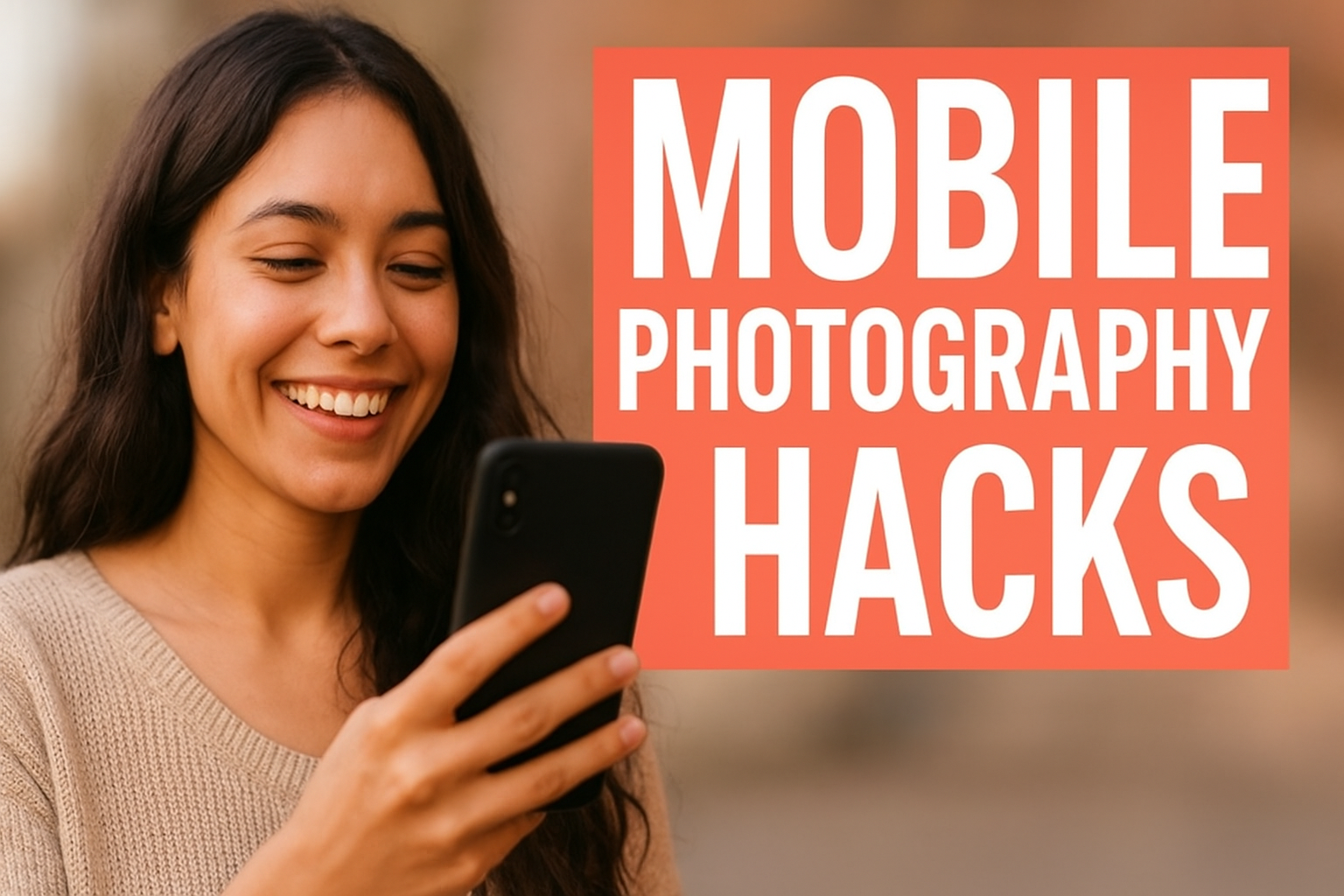
Mobile Photography Hacks: Candid Moments with Your Phone
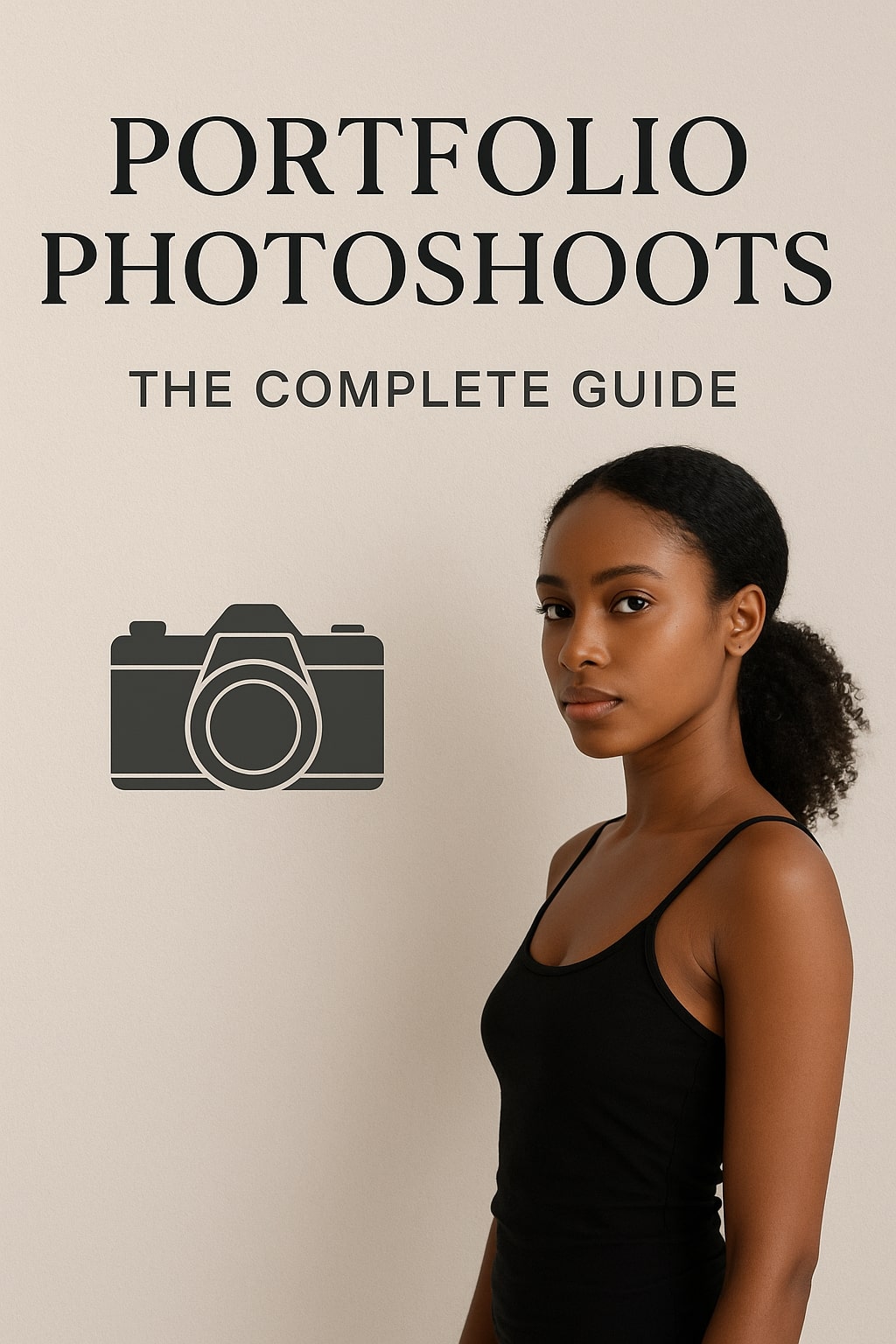
Professional Model & Portfolio Photoshoots: Show Your Best Work
-
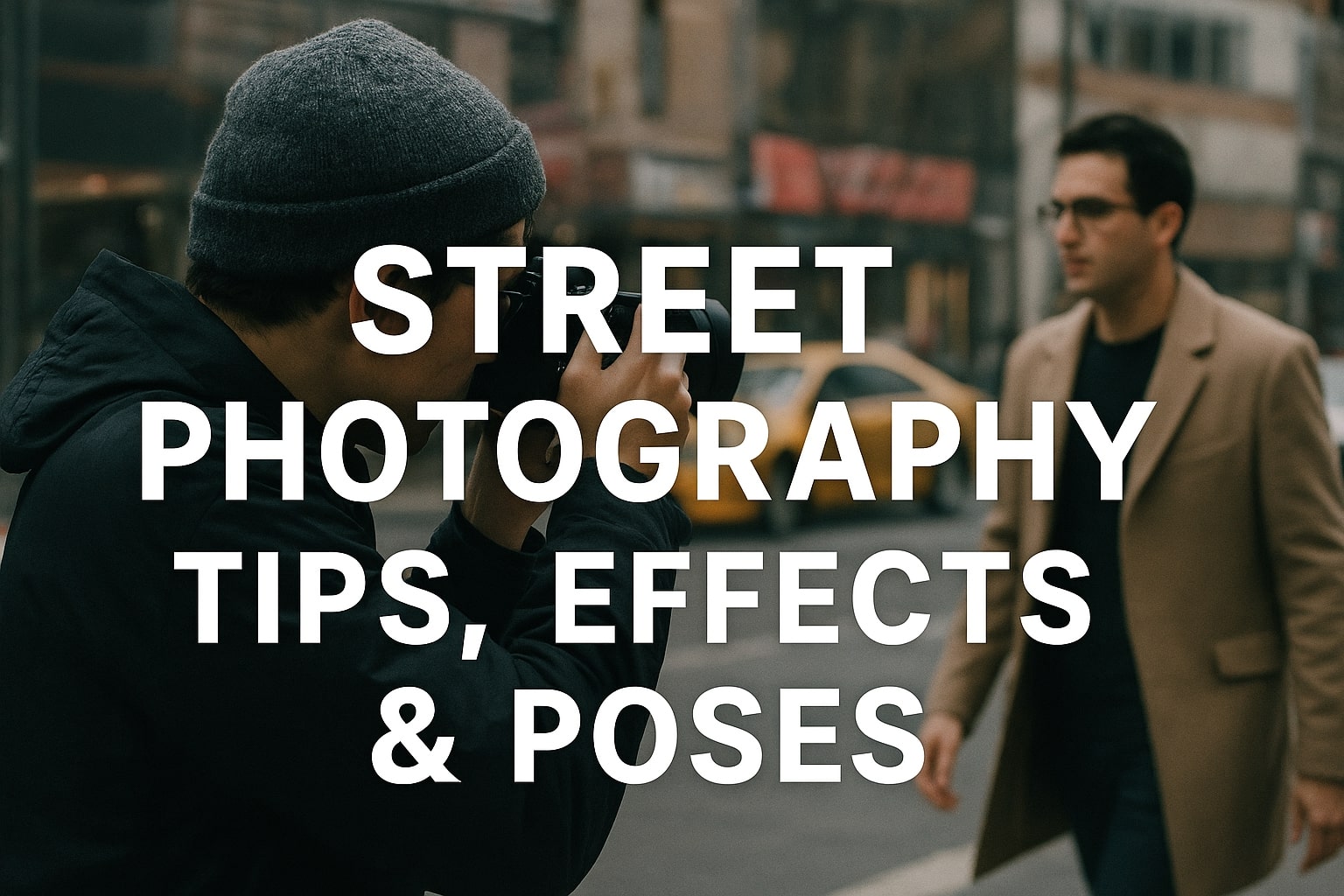
Street Photography Tips, Effects & Poses – Complete Guide
-
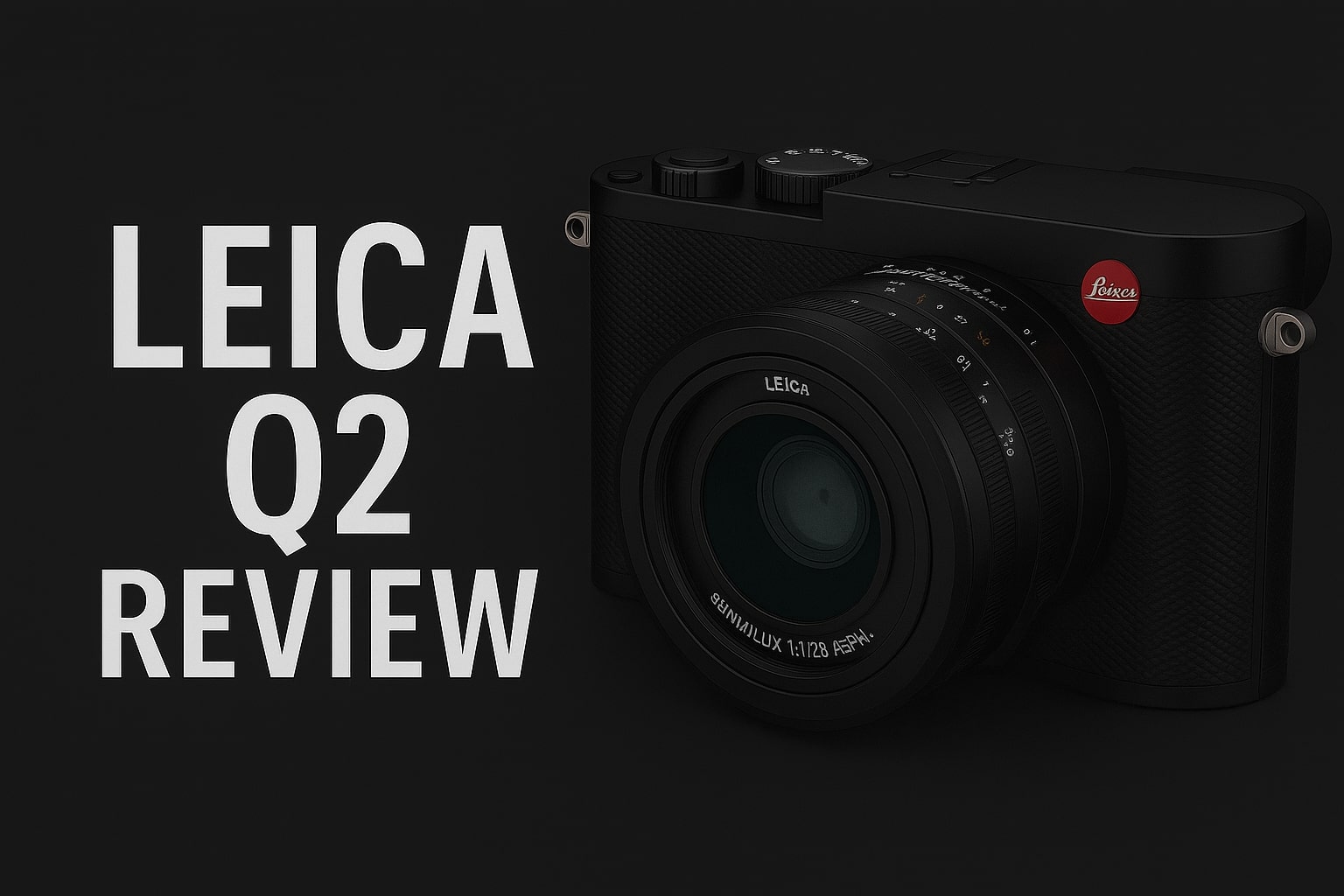
Leica Q2 for Photography: Why It’s Loved by Photographers
Mobile Photography Hacks: Candid Moments with Your Phone
Discover high-impact mobile photography hacks to capture genuine, gorgeous candid moments with your phone. Learn practical tips, composition secrets, and pro techniques to turn everyday scenes into stunning visual stories.Thank you for reading this post, don’t forget to subscribe! Introduction: The New Age of Mobile Photography Photography has evolved beyond heavy cameras, technical jargon, and
Professional Model & Portfolio Photoshoots: Show Your Best Work
” Discover how to plan, style, and execute stunning portfolio photoshoots that showcase your skills, personality, and versatility. This comprehensive guide covers professional tips, posing ideas, gear suggestions, and industry insights for models and photographers.”Thank you for reading this post, don’t forget to subscribe! Introduction – Why Portfolio Photoshoots Are the Cornerstone of a Photographer’s
Street Photography Tips, Effects & Poses – Complete Guide
Discover the ultimate guide to Street Photography with expert tips, creative effects, and dynamic poses. Learn how to capture authentic urban moments, master composition, and tell powerful visual stories through your lens.Thank you for reading this post, don’t forget to subscribe! Article Outline 1. Introduction to Street Photography Street Photography is more than just taking
Leica Q2 for Photography: Why It’s Loved by Photographers
Introduction: The Cult Status of the Leica Q2 The Leica Q2 is not just a camera—it’s a statement. Combining the heritage of German precision engineering with modern digital excellence, it holds a special place in the hearts of professional and passionate photographers alike. With its full-frame sensor, prime Summilux lens, and minimalist design, the Q2
Top Cameras Under ₹1 Lakh for Freelance Photography
Freelance photography is no longer a niche—it’s a booming creative profession that demands not only vision and hustle but also the right gear. Your camera isn’t just a tool; it’s your storytelling partner. If you’re a freelance photographer aiming to balance performance, versatility, and budget, investing in a cameras under ₹1 lakh can offer the
Top Features of Nikon D850 That Make It Ideal for Photoshoots
Explore the top features of the Nikon D850 that make it a powerhouse for photoshoots. From exceptional resolution to dynamic range, this detailed Nikon D850 guide is built for professional and aspiring photographers.Thank you for reading this post, don’t forget to subscribe! 1. Introduction When Nikon launched the D850, it quickly earned a reputation as
